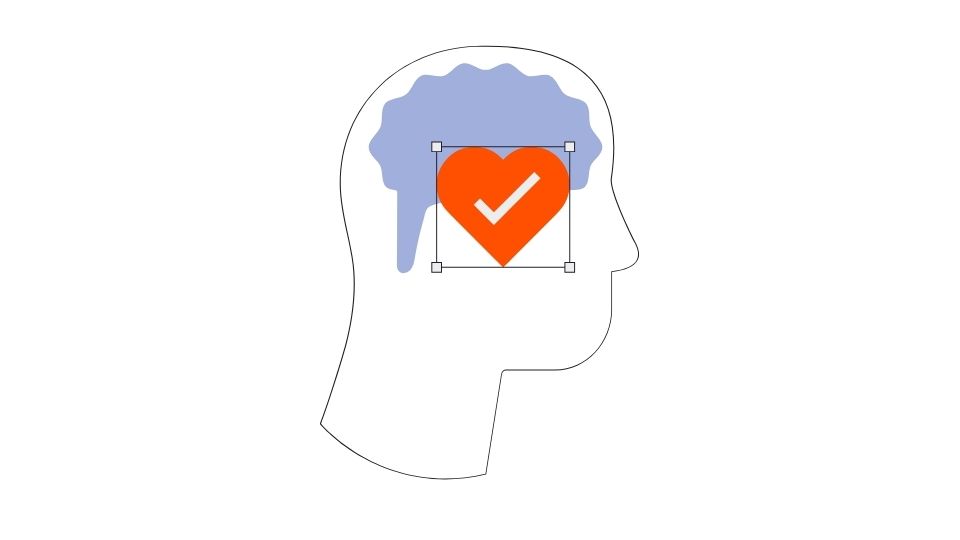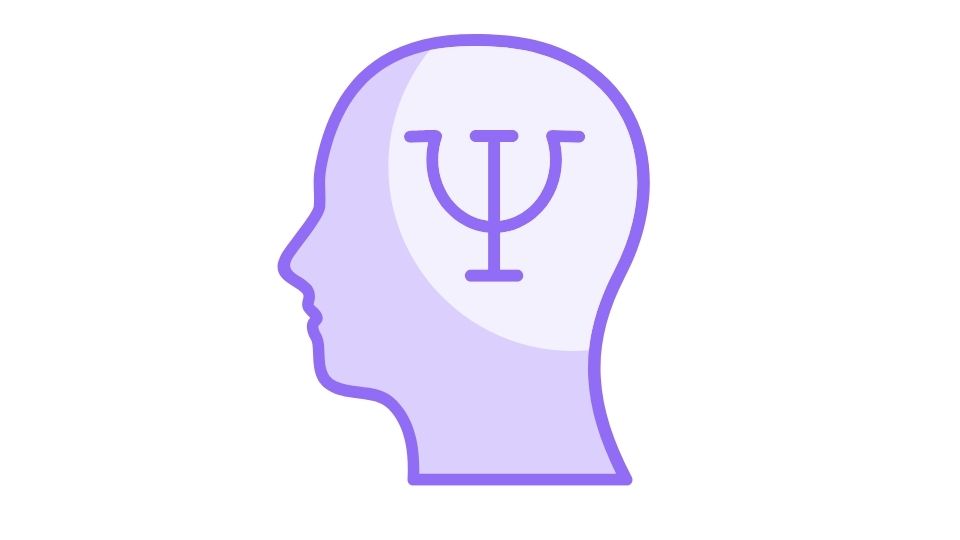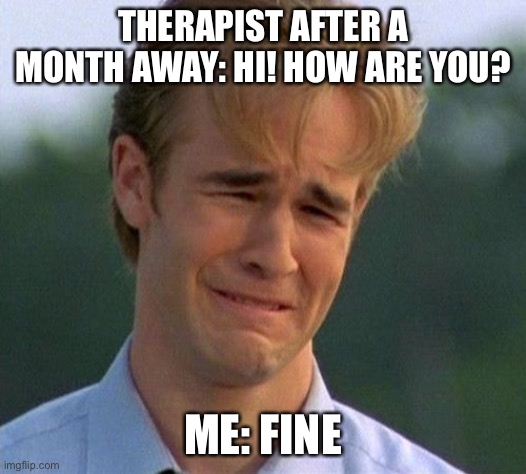How Long Does Residential Mental Health Treatment Last?

Ever wondered how long you’ll need to put your life on pause for mental health treatment?
I get it. When you’re struggling with mental health issues, the idea of checking into a residential facility feels both overwhelming and necessary.
But how long will you be there? A week? A month? Until the Cleveland Browns win a Super Bowl? (Sorry, Browns fans)
The short answer: most residential mental health programs last between 30-90 days.
But that’s just scratching the surface. The real answer depends on your specific situation, condition, and how you respond to treatment.
Let’s break down everything you need to know about residential treatment length—so you can plan your life, set expectations, and get the help you need without unnecessary surprises.
The Timeline of Residential Mental Health Treatment
First, let’s get clear on what we’re talking about. Residential treatment means you’re living at the facility while receiving care. This isn’t a part-time commitment—it’s your temporary home.
Why so long? Because meaningful mental health change takes time. It’s not like fixing a broken arm where the timeline is predictable. Your brain’s healing journey is uniquely yours.
What Affects Your Length of Stay?

Several factors determine how long you’ll need to stay:
Severity of Your Condition
The more severe your symptoms, the longer treatment typically takes. Someone with mild depression might need 30 days, while someone with treatment-resistant bipolar disorder might need 90+ days.
Your Specific Diagnosis
Different conditions need different treatment timelines:
- Depression: Usually 30-60 days
- Anxiety disorders: Typically 30-90 days
- Bipolar disorder: Often 60-90 days or longer
- PTSD: Can range from 30-90 days depending on trauma complexity
Your Response to Treatment
Some people are mental health “quick responders” while others need more time. This isn’t about willpower—it’s about your unique brain chemistry and history.
According to a study in the Journal of Psychiatric Services, patients who engage actively in treatment often show faster improvement, but that doesn’t mean shorter stays are always better.
Insurance Coverage
Let’s be real—insurance often dictates treatment length. Most plans cover 30 days, with additional time requiring proof of medical necessity.
The Different Levels of Mental Health Care
Residential treatment sits in the middle of the care spectrum:
Inpatient Hospitalization (3-7 days)
This is for crisis situations—suicide risk, psychosis, or immediate danger. It’s focused on stabilization, not long-term healing.
Think of this as the mental health ER—they patch you up enough to be safe, then recommend next steps.
Residential Treatment (30-90+ days)
This is the immersive experience we’re discussing. You live at the facility, following a structured program of therapy, activities, and skill-building.
The American Journal of Psychiatry shows that longer residential stays (60+ days) are associated with better long-term outcomes for serious conditions.
Partial Hospitalization (2-4 weeks)
You attend treatment 5-7 days a week for several hours but sleep at home. It’s intensive but allows some normalcy.
Intensive Outpatient (8-12 weeks)
Treatment sessions 3-5 days per week, a few hours each time. You maintain your normal life while getting substantial support.
According to the National Institute of Mental Health, this step-down approach from residential to less intensive care increases long-term success rates by 40%.
What Actually Happens During Those Weeks?

Residential treatment isn’t just sitting around talking about feelings. It’s a structured, comprehensive approach that includes:
- Individual therapy (typically daily)
- Group therapy (multiple times daily)
- Medication management
- Life skills training
- Physical health components (exercise, nutrition)
- Family therapy sessions
- Specialized treatments for specific conditions
Each week builds on the previous one:
Weeks 1-2: Assessment and Stabilization
The first days are about evaluation, adjusting medications if needed, and creating your treatment plan.
Weeks 3-4: Core Therapeutic Work
This is when the real healing begins—diving into trauma, addressing thought patterns, and learning coping skills.
Weeks 5-8: Integration and Practice
You’ll apply what you’ve learned, practice new skills in a supportive environment, and prepare for the transition back to regular life.
Weeks 9+: Transition Planning
For longer stays, this time focuses on ensuring you can maintain progress outside the facility and developing a comprehensive aftercare plan.
Real Talk: Is Longer Always Better?
Not necessarily. Research from the Journal of Consulting and Clinical Psychology suggests that treatment length should match the severity of the condition.
For some people, a 30-day program followed by intensive outpatient care might be more effective than a 90-day residential stay. It depends on your:
- Support system at home
- Previous treatment history
- Ability to implement changes
- Co-occurring conditions
- Life responsibilities
How to Prepare for Residential Treatment

Whether you’re staying for 30 days or 90, here’s how to set yourself up for success:
- Handle work/school obligations – Look into FMLA, medical leave, or academic accommodations
- Arrange for pet/plant/home care – Line up someone reliable
- Pack appropriately – Most facilities have guidelines (no strings, specific clothing rules)
- Set communication expectations – Many programs limit phone/internet access, especially early on
- Prepare financially – Understand insurance coverage and potential out-of-pocket costs
After Discharge: The Transition

The real test comes when you leave residential care. Most successful recoveries include a step-down approach:
- Partial hospitalization or intensive outpatient program
- Regular outpatient therapy
- Support groups
- Medication management
In fact, programs with strong aftercare components show double the success rates of those that end abruptly after residential treatment.
The Bottom Line
Residential mental health treatment isn’t a quick fix—it’s an investment in your future wellbeing. The length depends on your unique situation, but the time spent is worth it when measured against the rest of your life.
Remember: Mental health recovery isn’t linear. Some people need multiple stays. Others thrive with one intensive program followed by consistent outpatient care.
What matters most isn’t how long you stay, but that you get the right level of care for your needs. Because your mental health journey deserves the time it takes.

